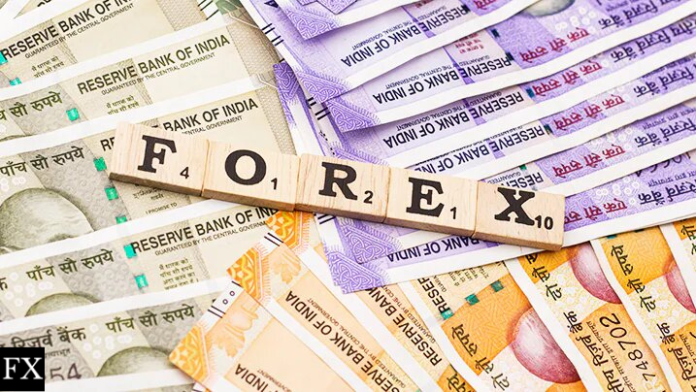Introduction
Currency is the standardized form of money used in a particular country or monetary union. It exists in tangible forms like banknotes and coins, and increasingly in digital formats. As a medium of exchange, currency facilitates daily transactions, both domestically and internationally, playing a critical role in our interconnected global economy. It’s important to note that currency is a system of money within a specified geographical region.
Defining Currency vs. Money
Although people often use “currency” and “money” interchangeably, these terms represent distinct concepts. Currency functions as a medium of exchange – people use it (in physical or digital form) to make payments. Money, on the other hand, is a broader term referring to a verifiable record of value that people accept for payments, debt repayment, and taxes. A country’s money supply includes both currency and bank money.
What is Bank Money?
Bank money refers to funds held in commercial banks, also known as demand deposits or non-confidential money. This constitutes a large portion of the money supply and can be withdrawn without prior notice. Together, bank money and physical currency represent the total money supply within a modern economy.
How Currency Works
Currency is a form of payment authorized by governments for transactions within their jurisdiction. This includes purchasing goods and services, repaying debts, and paying taxes. The value of one currency relative to another is constantly fluctuating, creating the basis for the Forex (foreign exchange) market, which operates 24/5. This market allows traders to speculate on currency price movements. The Forex market gained prominence after the end of the gold standard in 1971, when currencies began to float freely, leading to a highly liquid and decentralized financial market.
A Brief History of Currency
- Ancient Origins: Evidence of early currency dates back over 3,000 years to Sumer and ancient Egypt, where receipts for grain stored in temples were used as a form of exchange.
- Coinage: The use of weighed and stamped coins made from metals like copper, gold, and silver became widespread, creating standardized units of account and facilitating trade. Archimedes’ Principle played a role in protecting against counterfeiting, leading to the development of banking.
- Paper Money: China was the first to use paper money as early as the Tang Dynasty (618 AD), becoming common by the 12th century. It spread to the Islamic world and Europe. Sweden was the first European country to introduce paper money in 1661.
- The Gold Standard: Initially, paper money was often tied to gold or silver reserves. However, instability in gold/silver exchange rates led most governments to adopt the gold standard by 1900, where paper money was backed by gold reserves.
- Fiat Currency: The gold standard was largely abandoned by 1971. Today, most currencies are fiat, meaning their value is based on the government’s promise and society’s faith in it, rather than any backing by physical assets. Governments have the power to print fiat currency, which can lead to inflation and other economic issues.
Currency in Modern Society
Currency is the backbone of most economic activity. It’s used for:
- Everyday purchases of goods and services
- Receiving salaries
- Saving money
- Servicing debt
- Investing
- Trading
- Paying for entertainment, rent, and mortgages.
The fundamental principle is that one party exchanges something they have for an agreed amount of currency.
Types of Currency
There are four primary types of currency:
- Commodity Currency: Backed by a physical commodity, most commonly gold.
- Coins: Metal-based currency, widely used historically and reintroduced after the fall of the Roman Empire.
- Paper Money: Government-issued notes developed in China and now used worldwide.
- Electronic Money: Digital currency that facilitates transactions without the physical exchange of notes or coins.
Currency Trading (Forex)

Currency trading involves exchanging one currency for another. The Forex market operates with currency pairs (e.g., EUR/USD, GBP/CHF), and is a decentralized over-the-counter market accessible through online brokers.
- How it works: Traders speculate on whether one currency will strengthen or weaken against another.
- Trading Lots: Currencies are traded in lots, with one lot equal to 100,000 currency units, although most brokers allow smaller transactions.
- Leverage & Risk: Forex trading often involves leverage and requires diligent risk management.
Currency Exchange
Currency exchange facilitates the conversion of one currency into another.
- How it works: Exchange services provide quotes for currency pairs, including the bid price (the sell value) and the ask price (the buy value). The difference between these prices is called the spread.
- Practical Example: A GBP/USD quote of 1.1820/1.1821 means one can sell one pound for $1.1820 or buy one pound for $1.1821.
- Travelers: People traveling abroad often use currency exchange services which may have less favorable rates and higher fees.
Conclusion
Understanding currency is crucial for grasping how the world’s financial systems function. Currency’s evolution over the past 3,000 years has been essential in the development of modern trade and commerce. While its value can fluctuate, it remains indispensable as a medium of exchange.
We hope you have enjoyed this article, for more articles like this, tips for improving your trading, be sure to check our education articles.
Want to trade forex? Here’s a list of forex brokers to check out plus analysis and predictions for major currencies.

